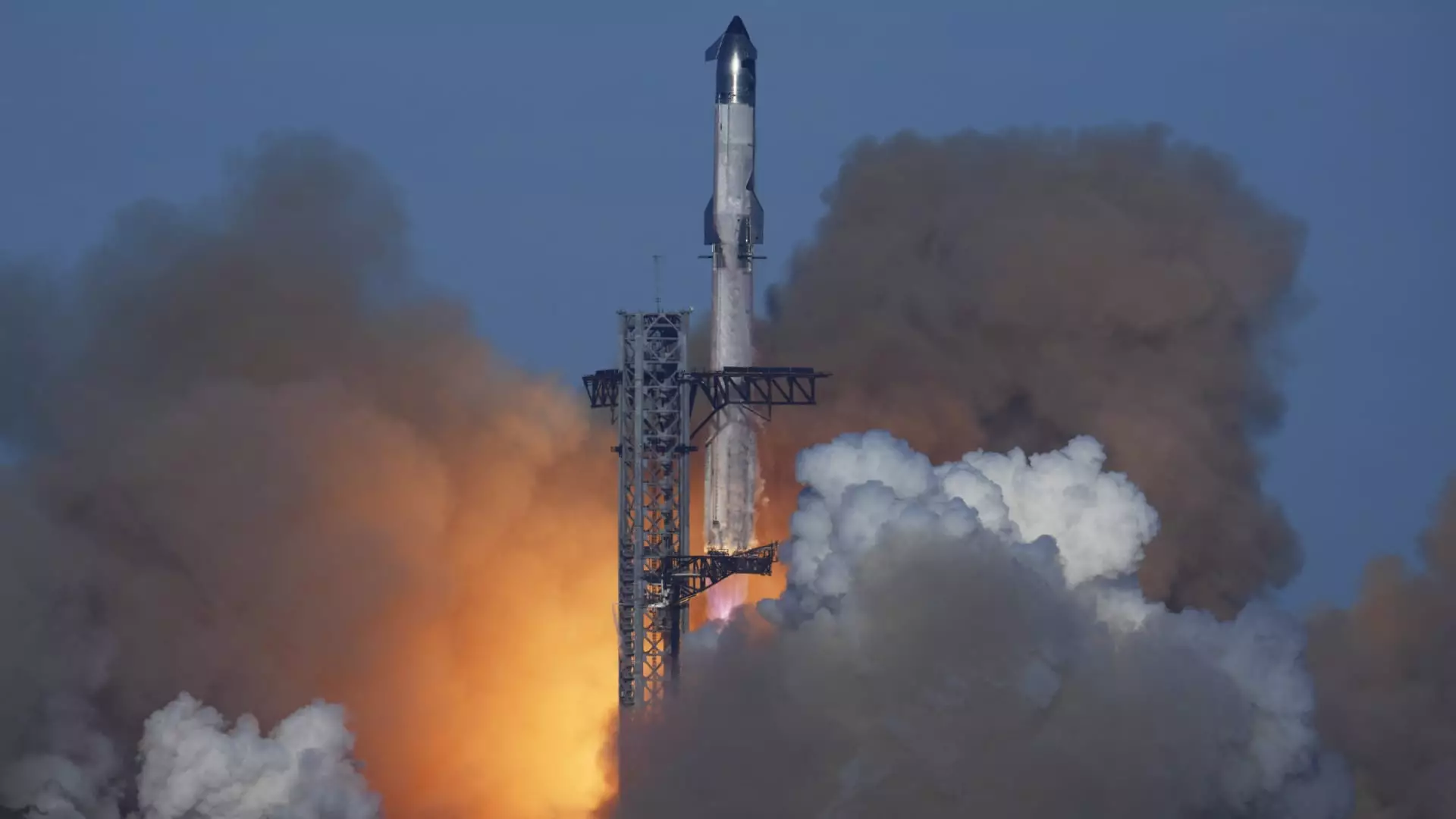The Federal Aviation Administration (FAA) has taken decisive action by grounding SpaceX’s Starship rocket following a catastrophic midflight failure during its most recent test flight. This incident not only halted the rocket’s launch activities but also necessitated an investigation that will scrutinize the events leading up to and following the explosion. At the core of this investigation is an assessment of risks to both the public and property, particularly as preliminary reports have indicated that debris from the rocket affected areas in the Turks and Caicos Islands.
The FAA’s position highlights the delicate balance between innovation in the aerospace sector and safety protocols. With space exploration gaining momentum, regulators face the challenging task of ensuring that companies like SpaceX comply with safety measures without stifling technological advancement. Any delays in investigation could extend the duration of grounding, which may affect SpaceX’s future launch schedules and contracts.
In the aftermath of the Starship failure, commercial airlines were compelled to reroute flights, causing significant disruptions for numerous passengers and airlines alike. Major carriers such as American Airlines, JetBlue Airways, and Delta Air Lines were some of the companies that had to alter their flight paths. This operational impact underscores the interconnectedness of air travel and aerospace activities—airspace is a shared resource, and once a launch fails, it leads to cascading effects that affect many stakeholders.
Interestingly, the FAA’s activation of a “Debris Response Area” is a critical measure that serves to enhance safety for both commercial and private aircraft flying in proximity to the launch site. The establishment of these areas demonstrates how regulatory frameworks are evolving to address the complexities introduced by commercial space launches. The public, having mostly escaped injuries, still faces the underlying risk associated with such aerospace activities, which raises further questions about accountability and precautionary measures.
SpaceX’s communication strategy following the failure has been scrutinized as the company quickly identified a fire as a probable cause for the explosion. Their initial claim that debris fell within the predefined hazard areas was later contradicted by FAA statements, leading to speculation about the accuracy and transparency of communications from SpaceX. Asserting that debris should fall into designated areas is vital for reassuring the public and maintaining trust with regulatory authorities.
However, as updates from SpaceX evolved and the specific language regarding the fall zone was omitted, it sparked further concern and speculation. In the competitive and rapidly changing landscape of aerospace, clear and consistent communication is paramount. The discrepancies may not only impact public perception but could also influence regulatory decisions moving forward, as consistency in operational claims is crucial for regulators when assessing safety protocols.
As the investigation unfolds, it remains to be seen how stringent the requirements imposed by the FAA will be for SpaceX to secure a new launch license. With significant investments at stake, both for the company and its partners, the outcome of this investigation carries weighty implications for the future of commercial space travel. How SpaceX navigates its operational challenges and regulatory scrutiny will shape its trajectory and outline its responsibilities as a key player in the aerospace industry. The incident serves as a critical reminder that with great innovation comes an equally great responsibility to uphold safety and public trust in this exciting and evolving sector.

